Contribution of fat, sugar and salt to diets in the Pacific Islands: a systematic review

A systematic review by Santos et al has investigated the contribution of fat, salt and sugar to diets in Pacific Island countries. Authors searched both electronic and grey (unpublished) literature, finding 31 studies that provided relevant information on fat (n=22), salt (n=14) and sugar (n=17). A range of assessment methods were used, including absolute intake, household […]
Presentations at the International Society of Hypertension in Beijing
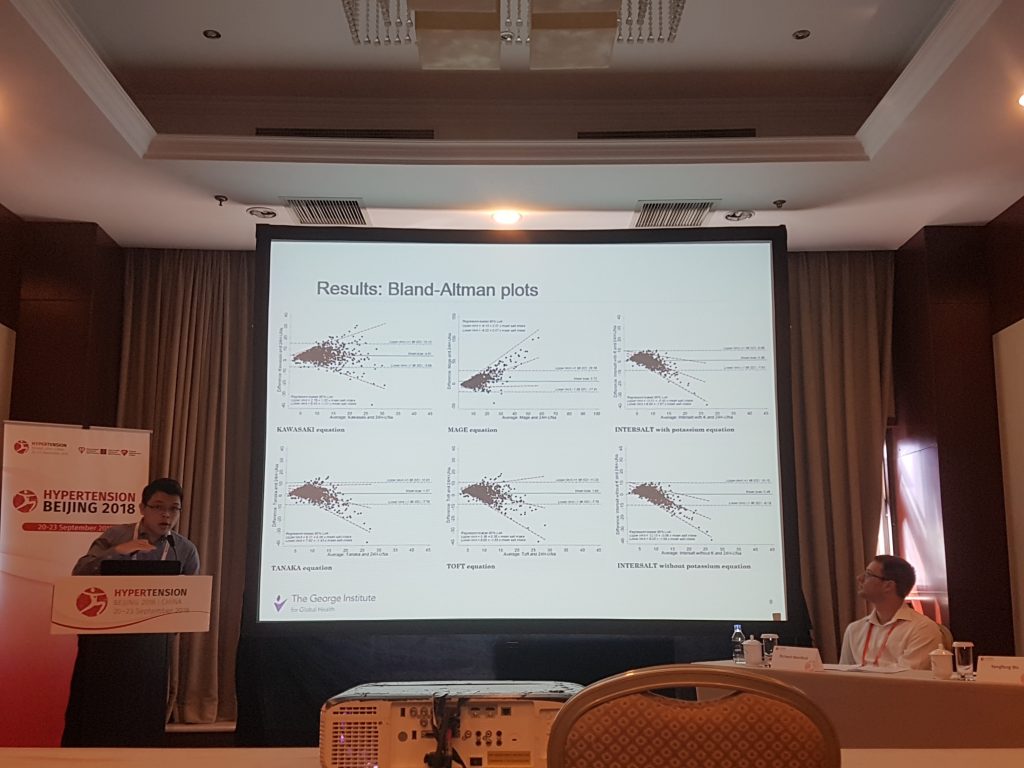
Two PhD candidates from the WHO CC team recently presented their research at the 27th Scientific Meeting of the International Society of Hypertension in Beijing, China. Kathy Trieu presented findings on mean 24-hr urinary salt excretion in two regions of Kazakhstan. These populations had extremely high salt intakes, possibly the highest in the world. The […]
Label v. Lab: How do sodium values compare?
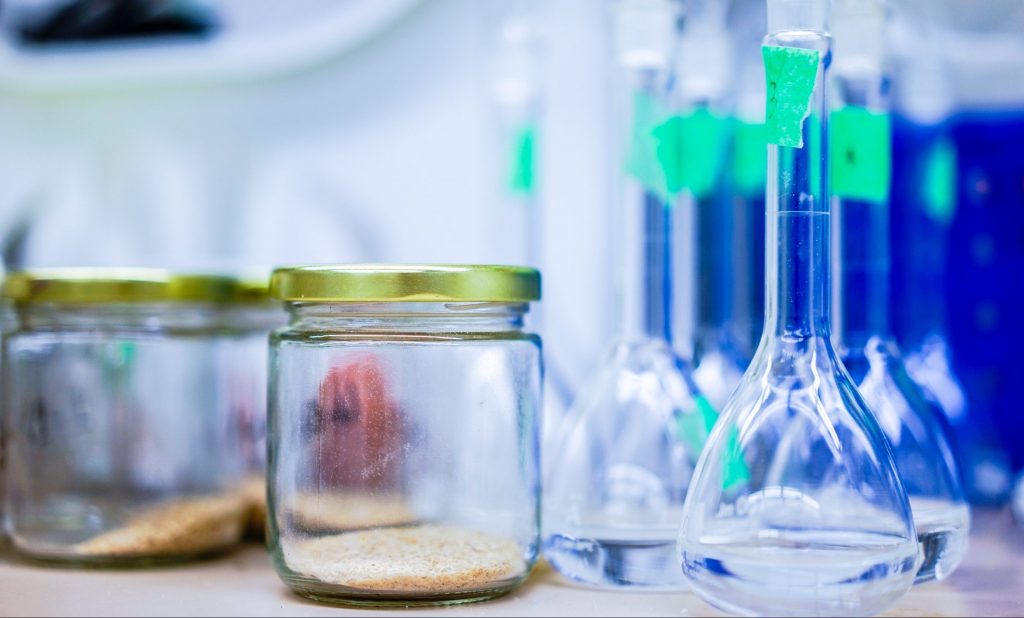
A study by Ahuja et al compared the sodium values on product labels with laboratory values of popular sodium-contributing foods in the US. The comparative analysis of 114 foods (1,390 composites, consisting of one or more samples of the same food) showed that a majority of label and laboratory values were in agreement. Periodic monitoring […]
A first STEP for Iran to measure national salt intake
A preliminary indication of national salt intake levels in Iran was gained through the 2016 WHO STEPwise survey conducted on a nationally representative survey, which included collection of spot urine samples (n= 18,624). Rezaei S et al reported on these findings, publishing in the Journal of Hypertension in July 2018. Mean salt intake was 9.52 […]
Protocol for the process evaluation of a complex, state-wide salt reduction intervention
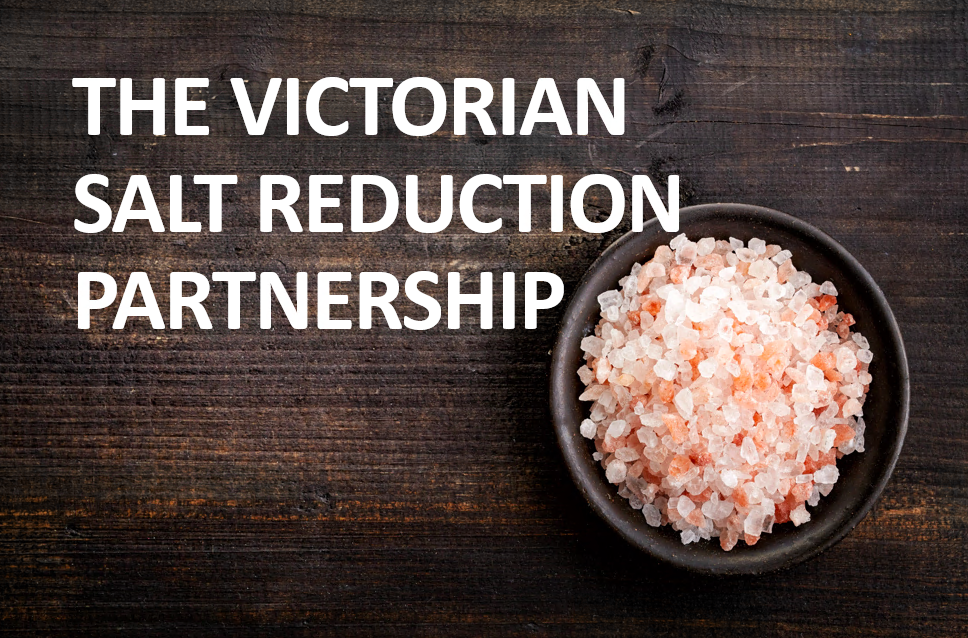
A protocol published by Trieu K et al details the process evaluation of a state-wide salt reduction intervention in Victoria, Australia (awaiting completion in December 2019). The framework to evaluate effectiveness and cost-effectiveness will allow understanding of; ‘does it work?’, ‘how and why it works?’, ‘under what circumstances?’ and ‘at what cost?’. This process allows […]
Evaluation of Samoa’s National Salt Strategy: What interventions can be successfully replicated in lower-income countries?

Trieu K et al conducted a process evaluation of a national salt reduction strategy implemented in Samoa, investigating the reach, dose/adoption, fidelity, cost and context of implemented programs over the course of 18 months. The strategy consisted of awareness campaigns, community mobilization and policy and environmental changes. Data for the process evaluation was routinely collected […]
Assessment of South Africa’s mandatory salt reduction policy: meeting salt targets linked with iodine deficiency
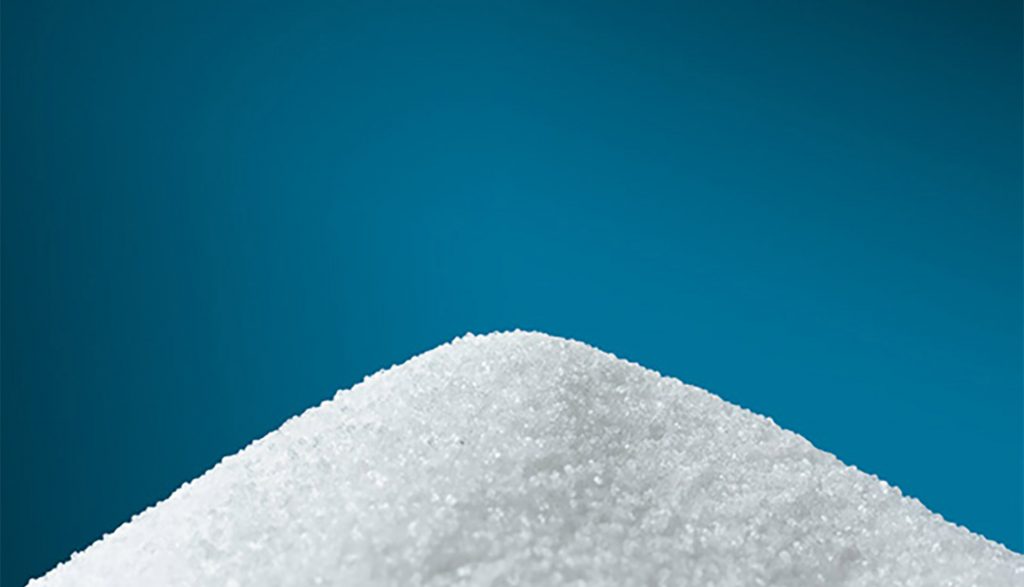
Charlton K et al recently published a study in BMJ Open, examining the impact of the mandatory salt reduction policy in South Africa on iodine status. This study used a nested cohort design within WHO’s 2015 Study on global AGEing and adult health. In total, 875 adults provided 24-hour and spot urine samples. Salt intake, […]
Sodium intakes of US adults exceed recommendations

A study conducted by Cogswell M et al and published by JAMA investigated sodium intake in US adults. Data was used from the National Health and Nutrition Examination Survey, with 827 adults providing 24-hour urine sample in 2014. Mean sodium intake estimated by 24-hour urine was 3608mg/d, 4205mg/d for men and 3039mg/d for women. Results […]
Relationship between Dietary Salt and SBP Independent of other Dietary Factors
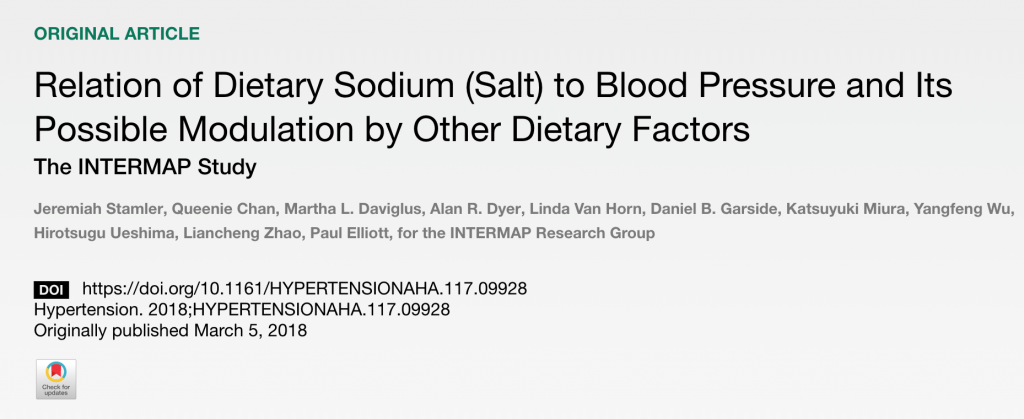
A recent study from the INTERMAP (International Study on Macro/Micro-nutrients and Blood Pressure) Research Group, published in Hypertension, assessed whether the sodium-blood pressure (BP) relationship is modulated by other dietary factors. The INTERMAP study includes 4680 participants aged 40-59 years from Japan, China, United Kingdom and the United States. Dietary data was collected via four […]
Decrease in sodium content of processed foods from 2009 to 2015 in America

A study conducted by Clapp J et al and published by Preventing Chronic Disease investigated the serving size, calories and sodium content of processed foods with the top 80% of sales between 2009 and 2015 in America. Results were reported per serve and density and it was found that sodium per serve and density decreased […]